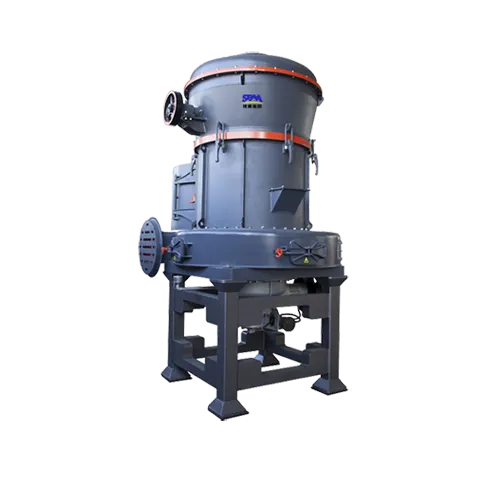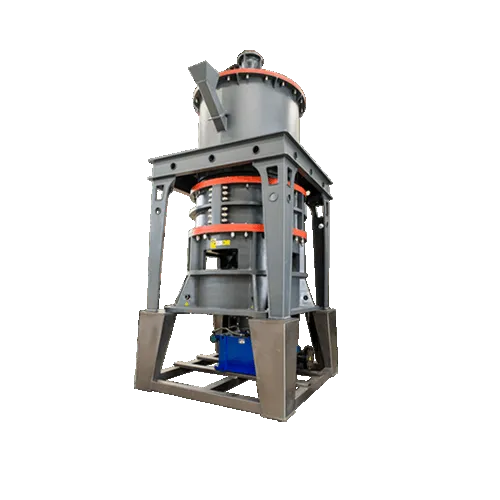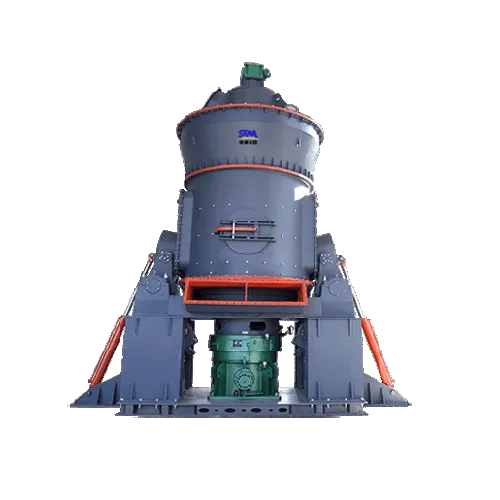Summary:High-entropy ceramic materials usually refer to multi-principal solid solutions formed by five or more ceramic components. Due to its novel "high-entropy effect
High-entropy ceramic materials usually refer to multi-principal solid solutions formed by five or more ceramic components. Due to its novel "high-entropy effect" and excellent performance, it has become one of the research hotspots in the field of ceramics in recent years. With the expansion of the research system of high-entropy ceramics from the initial rock-salt oxide (MgNiCoCuZn)O to fluorite-type oxides, perovskite-type oxides, spinel-type oxides, borides, carbides, and silicides, etc., and its special mechanical, electrical, magnetic and other properties are constantly being discovered.
History of High Entropy Ceramics
The research on high-entropy ceramics can be traced back to 2015. At that time, Rost and Maria of North Carolina State University in the United States and Curtarolo of Duke University first jointly reported a kind of entropy-stabilized oxide ceramics with a rock-salt structure, that is, high-entropy ceramics. Subsequently, more and more high-entropy ceramics, including high-entropy oxide ceramics with fluorite structure, perovskite structure, and spinel structure, and non-oxide high-entropy ceramics such as borides, carbides, nitrides, and silicides It has sprung up like mushrooms after a spring rain and has gradually become a research hotspot.
Properties and Applications of High Entropy Ceramics
So far, the large family of high-entropy ceramics has covered carbides, nitrides, borides, silicides, sulfides, simple oxides, rare earth silicates, rare earth phosphates, etc. Heat, high temperature heat protection, high temperature corrosion and oxidation resistance, superhard processing and wear-resistant coatings, biocompatible coatings, electromagnetic absorption and shielding, catalysis and cracking, supercapacitors, lithium-ion batteries, thermoelectric conversion, oxygen ion sensors, etc.
Preparation Method Of High Entropy Ceramics
The earliest high-entropy ceramics were prepared by the solid-state reaction method. First, the raw materials were fully mixed and partially solid-solved by ball milling, and then the mixed raw materials were fully roasted at high temperature to form a uniform and single high-entropy ceramic. Mutually. In order to prevent the already formed high-entropy phase from desolvating, phase separation or precipitation of the second phase during the cooling process, it is usually prepared by rapid cooling methods such as quenching. The solid-state reaction method has the advantages of simple reaction principle, high yield, and low equipment requirements, and is currently the most common method for preparing high-entropy ceramics. However, the solid-phase reaction method also has obvious disadvantages, such as high reaction temperature, long reaction time, difficulty in accurately controlling the product ratio, and easy introduction of impurities during the preparation process.
In order to solve these problems, people have developed a method to synthesize high-entropy ceramics from precursors under relatively mild conditions by referring to the method of preparing ceramics from precursors, that is, through sol-gel method, reverse co-precipitation, etc. The method realizes the atomic-level mixing of raw materials, thereby reducing the energy barrier required for the synthesis of high-entropy materials, and then fully bakes at a relatively low temperature to remove excess cross-linking agents, precipitants or solvents, thereby realizing high-entropy ceramics low temperature synthesis. It has the advantages of mild reaction conditions, controllable product particle size, and more pure products. However, the precursor pyrolysis method has problems such as low yield, complicated process, high equipment requirements, and difficult resintering of product particles.
Read More About



